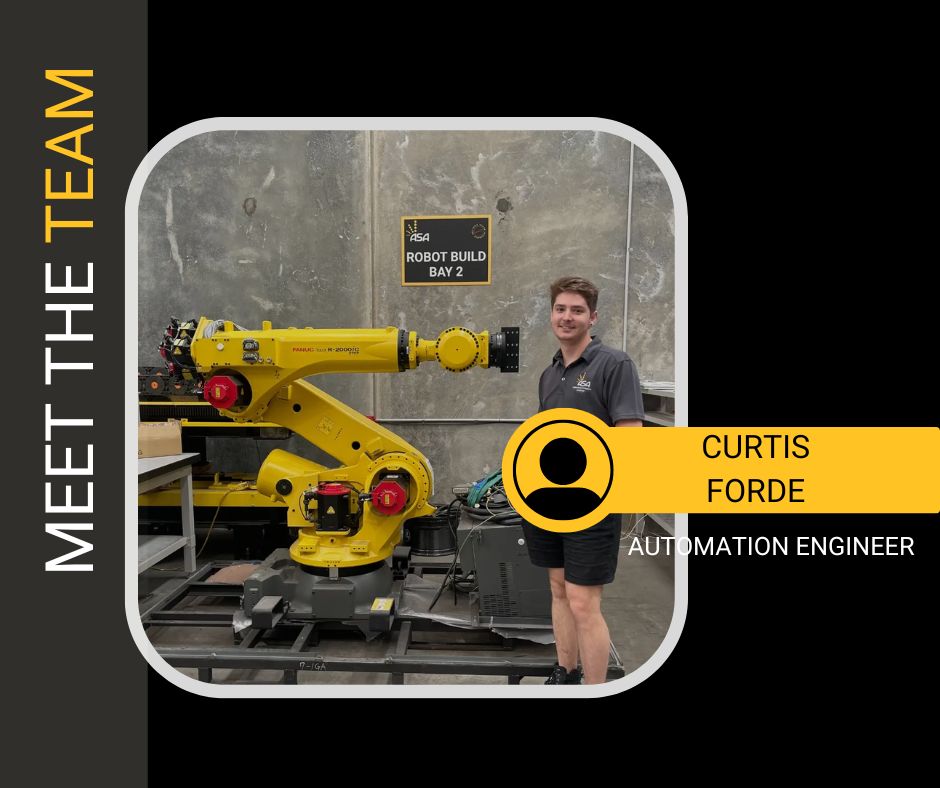In the heart of manufacturing today, robotic arms are revolutionizing the rules of production, blending quality, safety and efficiency in ways that were impossible to imagine. These amazing machines, commonly called robot arms, are essential in all industries driven by the pressing need to reduce operating expenses and maintain high standards of quality. Robotic arms are being incorporated into production lines to lower costs and improve security. Let’s look at how these revolutionary machines are transforming the landscape of industrial production.

Image credit: automatedsolutions.com.au
Cost-effectiveness is the primary driver behind the use of robotic arms around the world. Factories are constantly under pressure to cut down on manufacturing errors, cut down on production waste, and cut down on workplace accident rates. Robotic arms tackle these issues head-on. Robot arms are more accurate than humans when it comes to performing repetitive tasks, cutting down on cost and eliminating costly mistakes. In high-volume industries such as automotive manufacturing, robot arms guarantee perfect assembly through precise welding and part placement. This ensures significant savings, as less defects result in less waste, rework and work.
Safety is the second main element in the development of robot arms. Human workers are in danger in the course of performing a variety of jobs in manufacturing, such as handling hazardous material or operating large machinery. With the help of robot arms, employers can keep employees out of these dangerous environments, drastically decreasing the chance of workplace injuries. Robotic arms are made up of a number of movable joints that mimic the human arm’s capabilities. They can however operate without the danger of injuries. Equipped with programmable hand effectors, these machines can accomplish tasks that could be hazardous for humans, like spinning or welding.
The versatility of robotic arms makes them a game-changer across diverse industries. From automotive assembly to electronic production, robots can adapt to a wide range of jobs. They are programmable, which allows them to perform complex operations such as machine tool tending paint, or fiberglass application with unmatched accuracy. Robotic arms in warehouses have revolutionized palletizing by automating the loading of pallets with goods. This automation not only boosts efficiency but also ensures the reliability of robots, since they can operate tirelessly without fatigue.
One of the most fascinating advancements in this field is the development of collaborative robots also known as cobots, that interact with human employees. In contrast to traditional industrial robots that are confined to isolated cells. Cobots fitted with robotic arms have been designed for safe, seamless interaction with humans. In a manufacturing environment, a cobot’s robotic arm could be able to handle large lifting tasks or repetitive tasks, freeing humans to concentrate on more challenging tasks. The robots can slow down or alter their movements if they detect a worker nearby.
Robotic arms have an enormous influence on the modern production and not just in terms of safety and efficiency. Their capability to complete tasks such as welding assembly, assembly, or even material handling with high accuracy has made them essential in high-risk industries. In the automotive industry for instance the robot arm is able to turn and move parts during assembly for perfect alignment without the necessity of human intervention. In the field of electronics, robots are used to handle fragile components, which minimizes damage and increases the quality of output.
Robotic arms are predicted to increase in importance as industries develop. Their capacity to cut cost, increase safety and adjust to different tasks makes them an essential element of the future of manufacturing. Robot arms, which combine modern technology with human imagination, are not only tools they are also partners in the process. They drive innovations and revolutionize the way the world is built.
